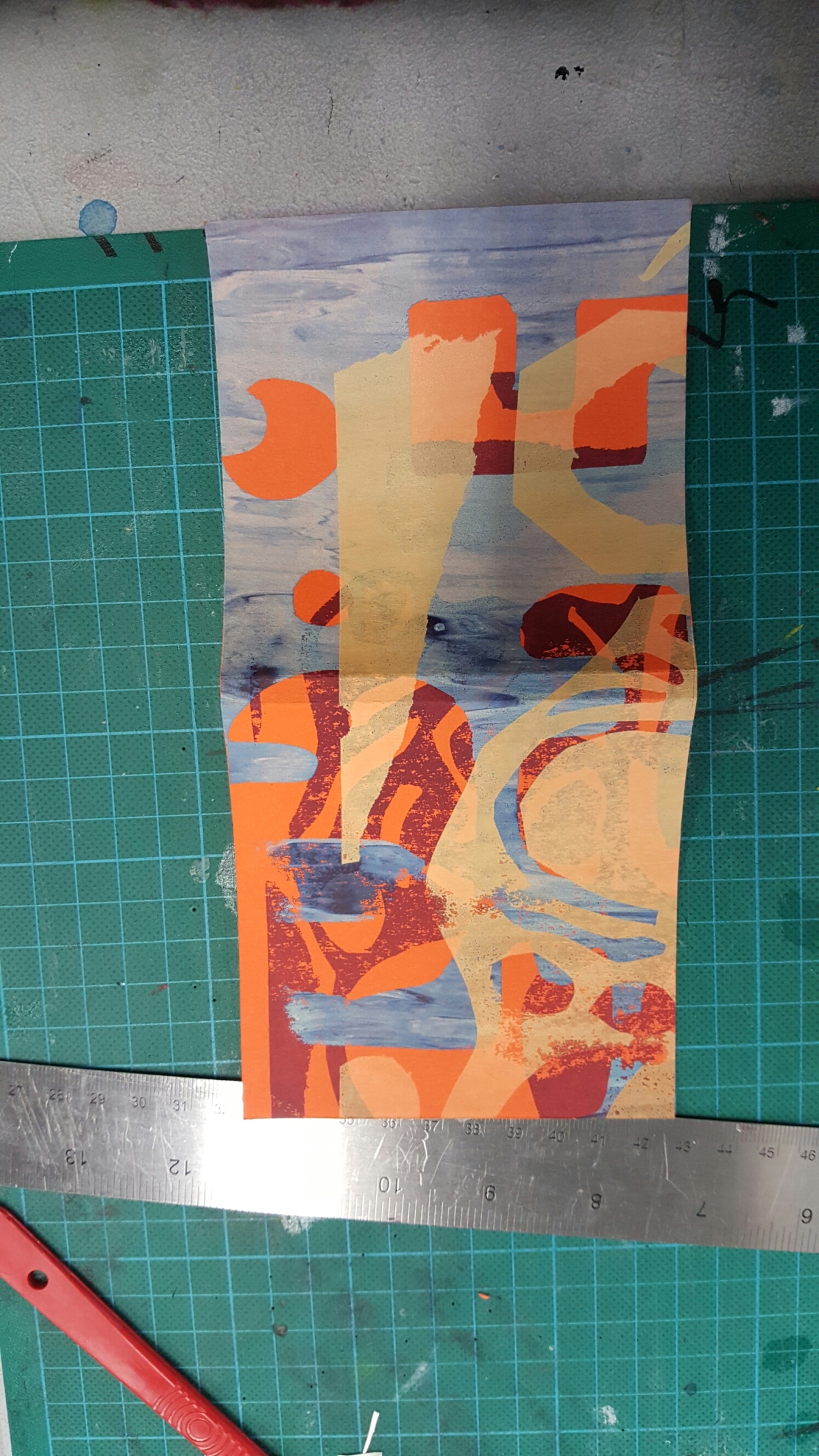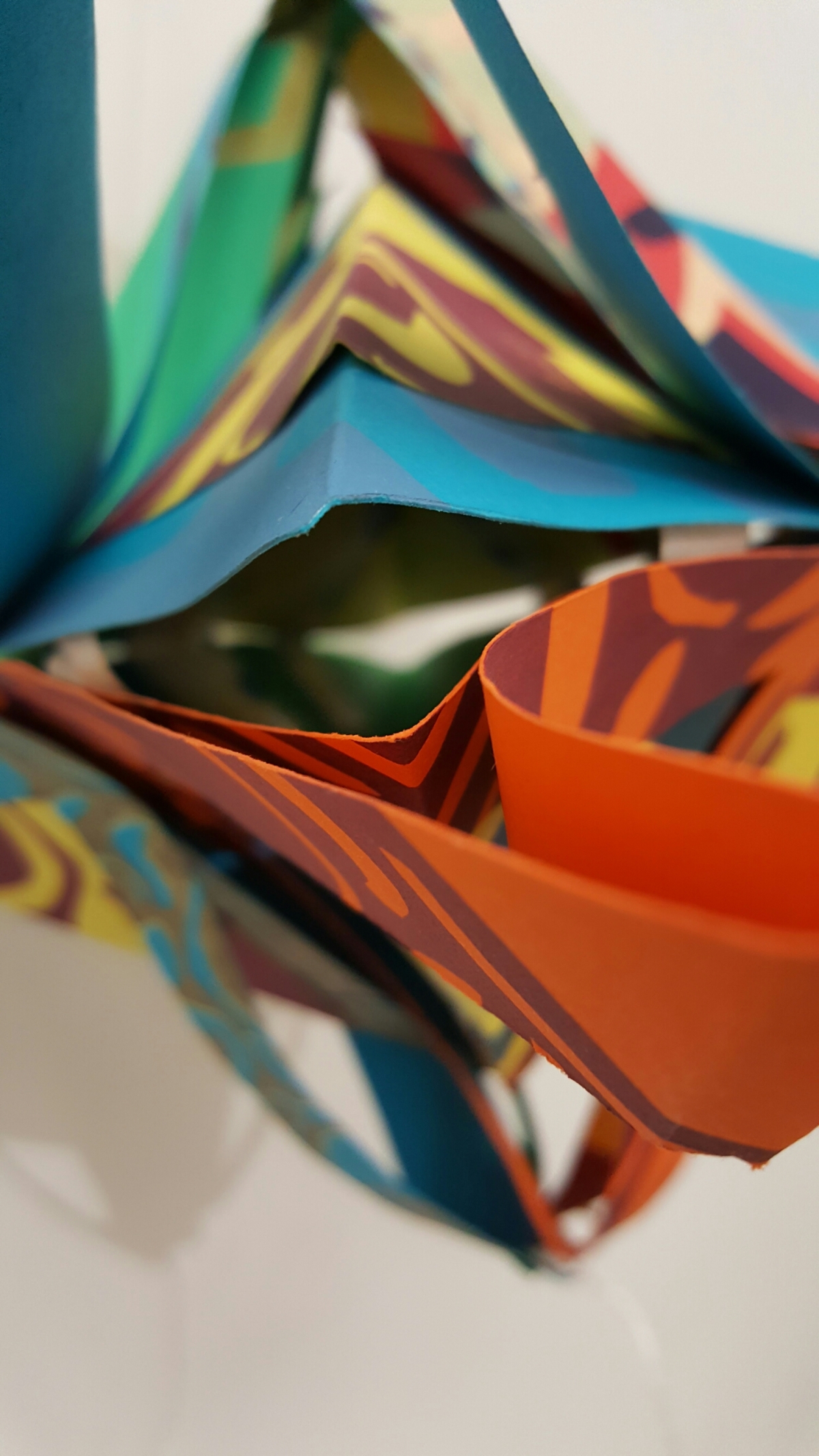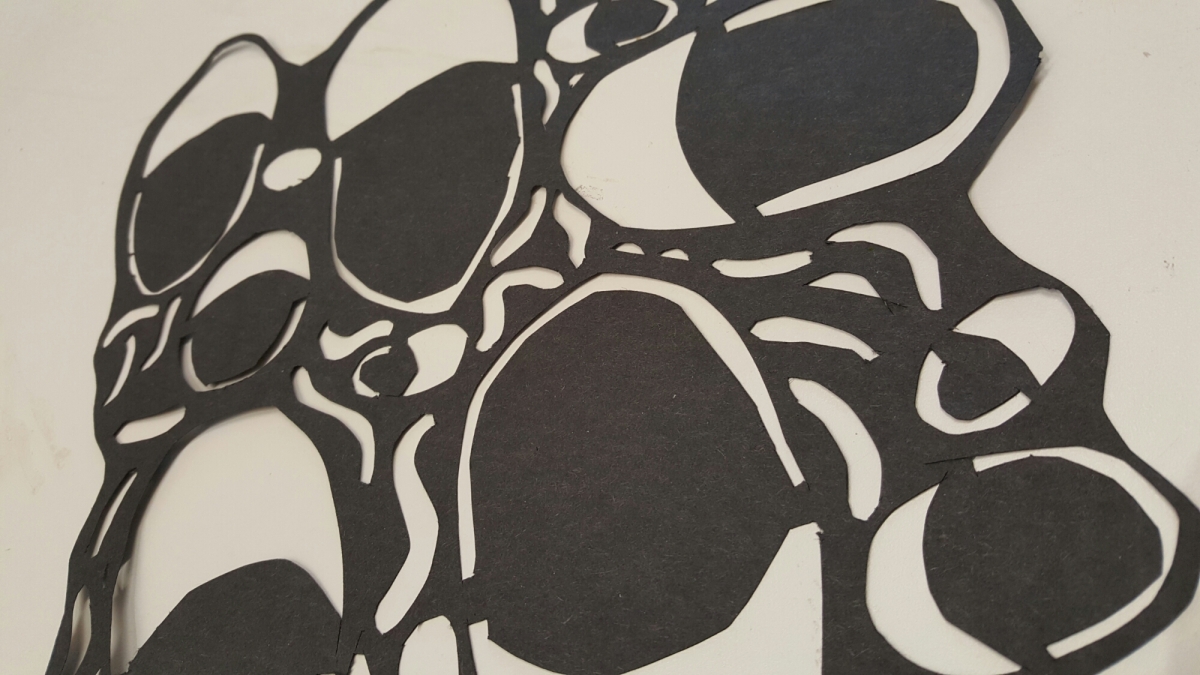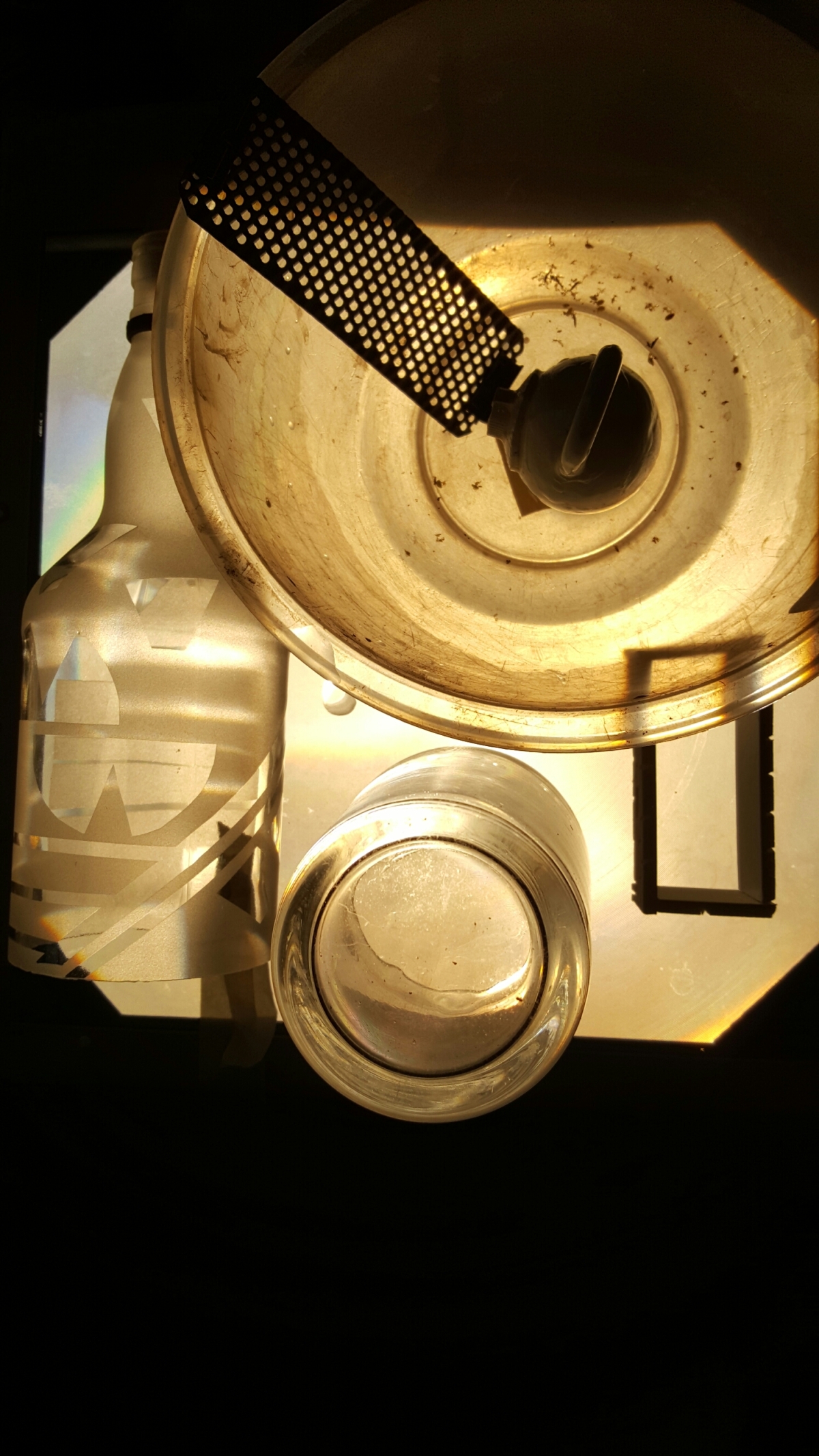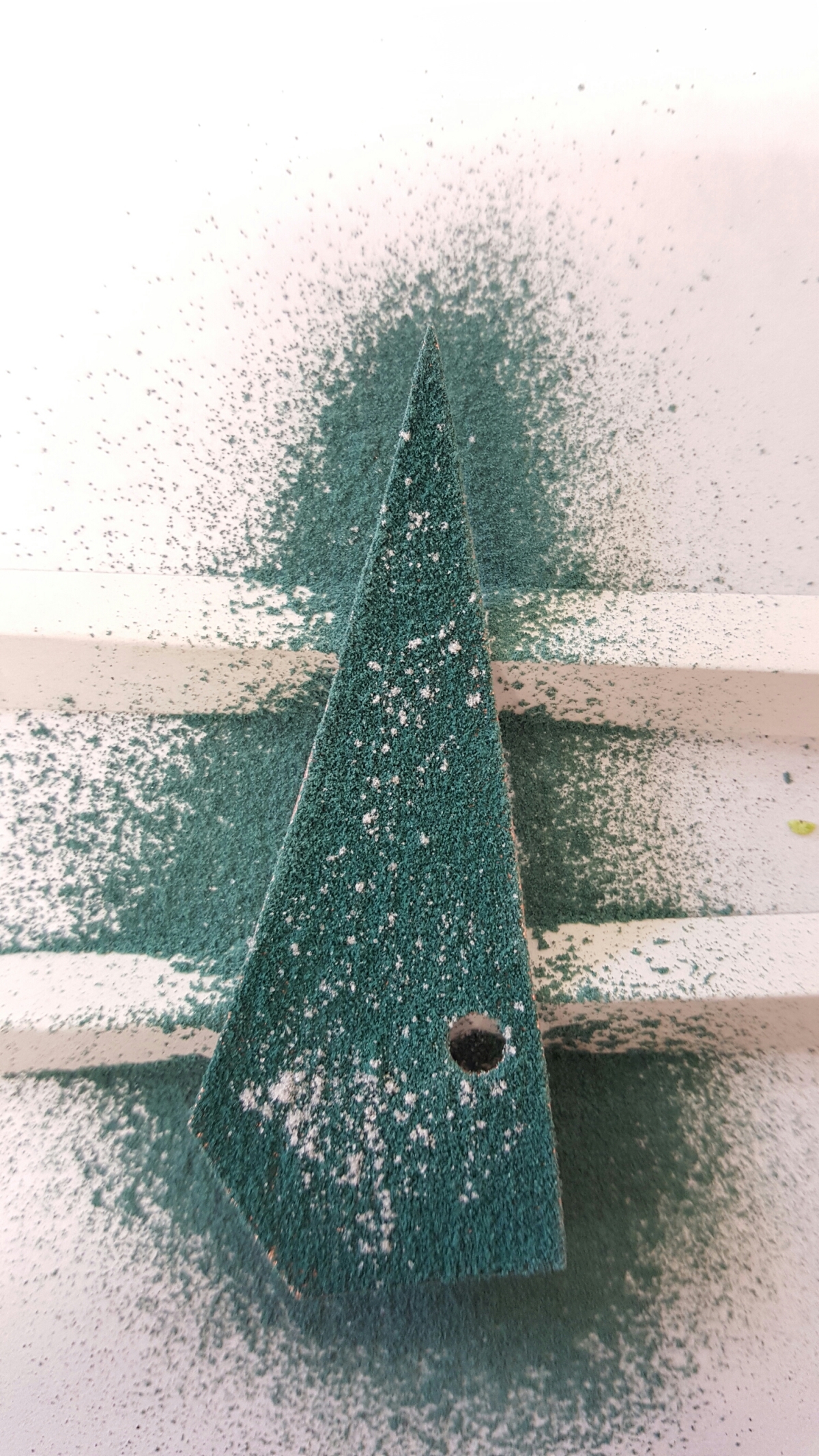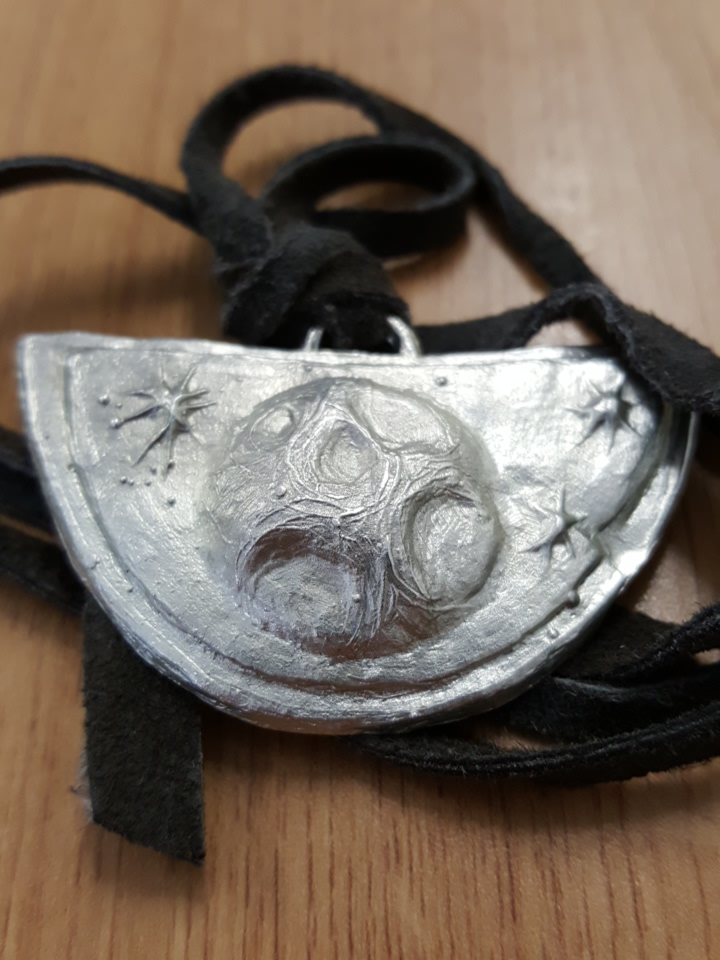Humans are ocular centric beings and since the Age of Enlightenment science has been considerd the banner of truth, simply questioning- if you can’t see it, is it there? It is general belief that if you can’t see something then there is no truth about it as sight is a tool of knowing and truth telling. The dualism between vision and the other senses disregards taste, touch and smell as reliable resources as feelings can be deceived and their experiences are personal rather than universal.
It is considered that the mind is a separate entity to the body as the mind is master of reason and thought, whereas the body is a tool for emotion and feeling. The disembodied mind is arguably more developed than the body as the body is merely a vessel whereas the mind has endless possibilities. In juxtaposition, Hara believes that “The mind exists everywhere in the body” (Kenya Hara, 2011 ; p157) which is supported by Johnson (2009) in his belief that the brain is inside the body with is inside the world and the mind has presence throughout these domains.
Task: to hold and draw a small object without looking at it. Draw the same object whilst looking at it. Compare the two.
Once I held the object I instantly tried to understand what I was holding as I have a phenomenological body. My body has a whole history of things from my past, therefore I, as I am my body, have a library of images, textures, understanding of shapes and gestures which I can recall, e.g. the texture of silk. Here is my unseen drawing:

And here is the seen drawing :

The clear difference is that when I saw the object I instantly understood the orientation, purpose and details of the object. This was to be expected. What was interesting was the size comparison when placed side by side.

In the unseen drawings when I was focused on the shape of the object I drew to almost the same size as the seen drawing, yet when unseen and focused on the details I drew to a smaller scale. I believe this happened because my hands aren’t used to deciphering distance and size as I usually rely on my sight.

